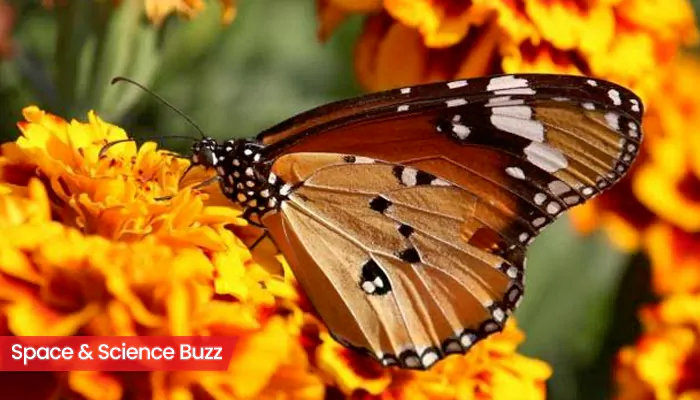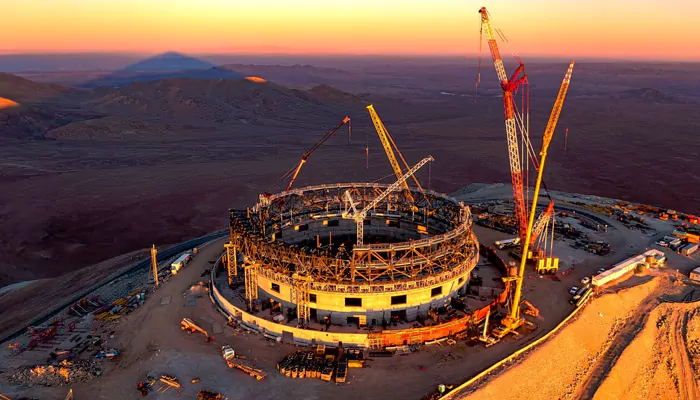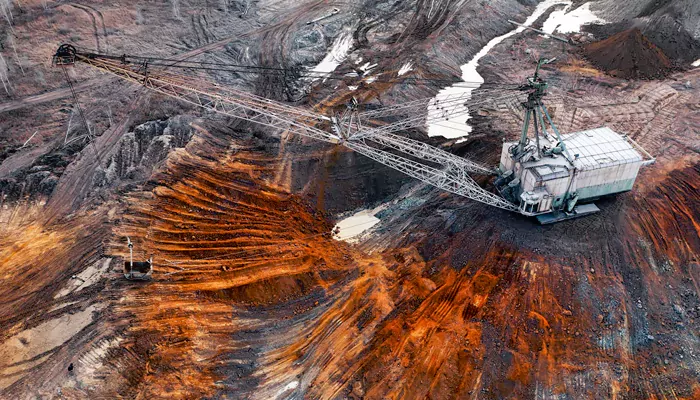
Here are today’s most important updates from the realm of Science and Space.
According to new research published in the journal Science, globally, there are one million known insect species, but there have been IUCN assessments for just 1 per cent –12,100 species, with around 20% of these considered threatened. But little is known about 99 per cent of insects in parts of Asia and South America, and virtually no data exists on species in Africa. Insects account for a dominant share of our planet, providing humans and wildlife with pollination, food, and recycling services. But the population of insects is declining, which calls for a need to monitor species and protect them from the impacts of climate change and the threat of invasive species.
Flight Day 4
— Chun (@satofishi) April 4, 2025
I woke up early and watched the launch of Starlink Group 11-13 on YouTube. Shortly after, SpaceX contacted us and informed us that we would be flying over Mongolia during the second stage deorbit burn. We opened the cupola and tried to observe the event, but had no… pic.twitter.com/OyOlShGYLP
(Credit: X/@satofishi)
Astronauts aboard the Fram2 mission have shared a stunning video showcasing their journey over the Bay of Bengal, offering a glimpse into the breathtaking scenery experienced during their spaceflight. The crew, which includes astronaut Chun, documented their passage from the Bay of Bengal to the Arctic, highlighting the vast and diverse landscapes visible from space. The Fram2 mission is part of a series of private human spaceflight endeavors, marking significant advancements in space exploration and accessibility. Astronauts on such missions not only contribute to scientific research but also provide unique perspectives on Earth's geography and beauty.

The Extremely Large Telescope (ELT), currently under construction in Chile, could potentially search for alien life beyond Earth in mere hours, according to a recent study published by researchers from the University of Washington and NASA's Goddard Space Flight Center. The study claims that ELT could identify biosignatures (chemical markers of life) on planets in our solar system as well as orbiting Proxima Centauri (the closest star to our Sun) within hours. The ELT will also possess the capability to study both transiting and non-transiting planets. For transiting planets, it will analyse the starlight passing through their atmospheres, revealing crucial spectral data. For non-transiting planets, it will examine the reflected light from the planet's surface, providing further insights into their composition.

Kazakhstan discovered its largest deposit of rare earth metals, containing around one million tonnes of the elements that are seen as vital for the future economy, the Central Asian country said. Rare earths comprise 17 raw materials that are essential for the green energy transition and highly sought by the developed nations. The deposit – in central Kazakhstan's Karaganda region – contains cerium, lanthanum, neodymium, and yttrium, the report said. The prospective amount of resources at the new site – dubbed "New Kazakhstan" – could rise to more than 20 million tonnes, Kazakhstan's industry ministry forecast, subject to verification and additional research. The EU, which aims to achieve carbon neutrality by 2050, is interested in rare metals and natural resources in the region.